Do you want to learn about wild mushrooms that can be identified through your local Washington Mushroom Society?
Washington Mushroom Societies are amazing hobby clubs for amateur and hobbyist mushroom foragers. They have events, social media presence, and a great community.
That’s why I created The Washington Mushroom Society Reference Guide!
This ultimate guide will give you the wild types of mushrooms in Washington that can be identified through involvement with one of these local Washington Mushroom Society Clubs.
Read THIS Before Identifying Wild Types of Mushrooms in Washington
Knowing the type of mushroom growing in Washington can be the difference between a fascinating hobby that can result in a nutritious and edible food source and a deadly toxin. Always make sure to work with your local city and gardening club before eating mushrooms found in the wild.
It is important to pay close attention to the following when picking or eliminating mushrooms in Washington:
- The size, including the cap, gills, scales, spores, and stem.
- The color, including the cap, gills, scales, spores, and stem.
- Location, both in the United States and in your yard
- Odor and even taste
And if you want to learn more about wild types of mushrooms that grow in Washington watch the below video!
10 Wild Types of Mushrooms in Washington
#1. Ringless Honey Mushroom (Armillaria Tabescens)
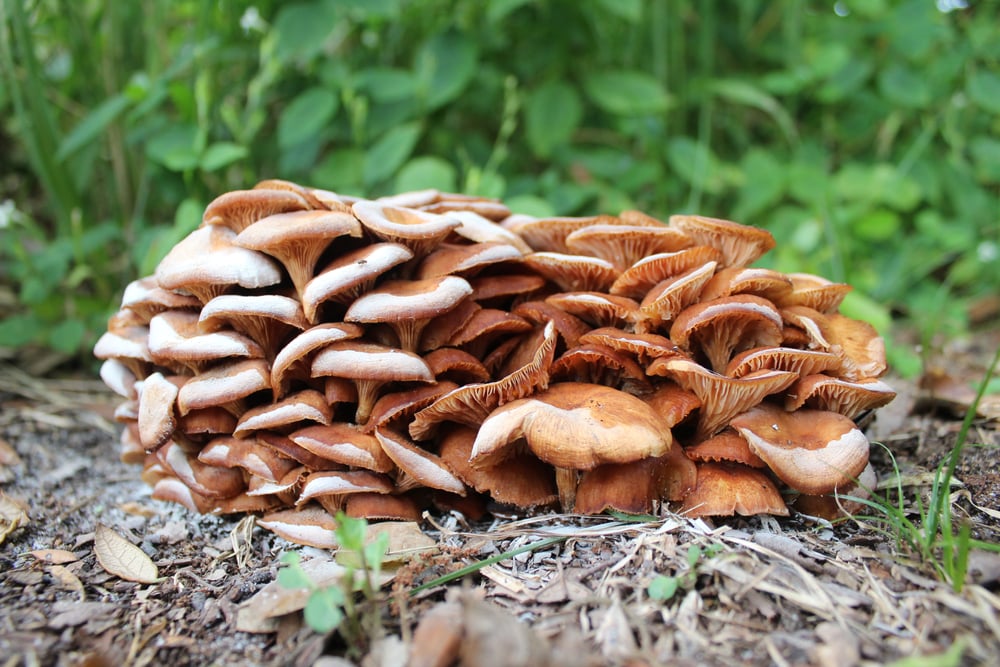

Specifications:
- The Ringless Honey Mushroom has a golden, honey-colored cap, white spores, narrow to broad pinkish/brown gills, and thick, cluster stalks.
- This type of mushroom grows from late summer to early winter throughout the United States, including Washington.
- It is important to kill these mushrooms when you see them as they will attack and kill trees by depleting them of water and nutrients. They are considered parasitic fungi.
- While this mushroom can be consumed when cooked, it is generally not recommended due to potential allergic reactions by some.
- An interesting fact is that the ringless honey mushroom actually grows underneath the ground, rather than on top of it. The best way to get rid of this mushroom is from its roots beneath the ground!
#2. Field Mushroom (Agaricus campestris)
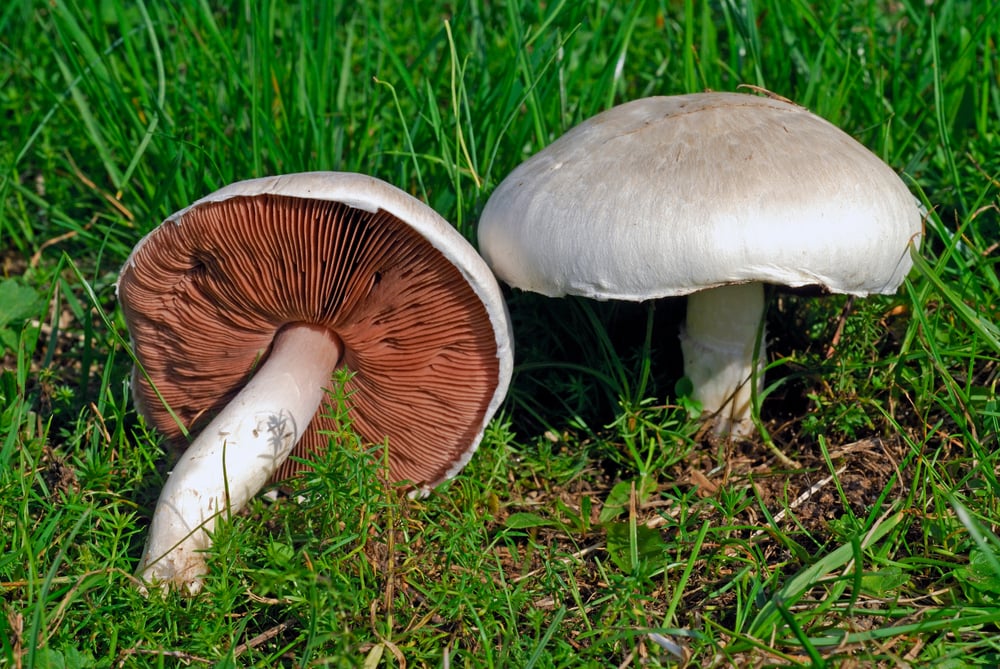

Specifications:
- The Field Mushroom has a white and pink cap, dark chocolate spores, narrow to broad white stalks that are brown, and deep pink and brown gills.
- This type of mushroom grows from late summer to early winter throughout the world, including Washington, Ireland, and Wales. It is also one of the most commonly eaten mushrooms in the world by humans, cows, and goats.
- You can leave these mushrooms in your yard. They grow on dead vegetation and will not kill trees, live plants, etc.
- This mushroom can be consumed when cooked. It is incredibly nutritious, but should only be consumed in moderation. It should be noted not to pick it since it may have been sprayed with pesticide or herbicide.
- The Meadow Mushrooms sometimes can be confused for Field Mushrooms due to their white gills and spores, but should not be foraged or eaten!
#3. Fly Agaric Mushrooms (Amanita muscaria)
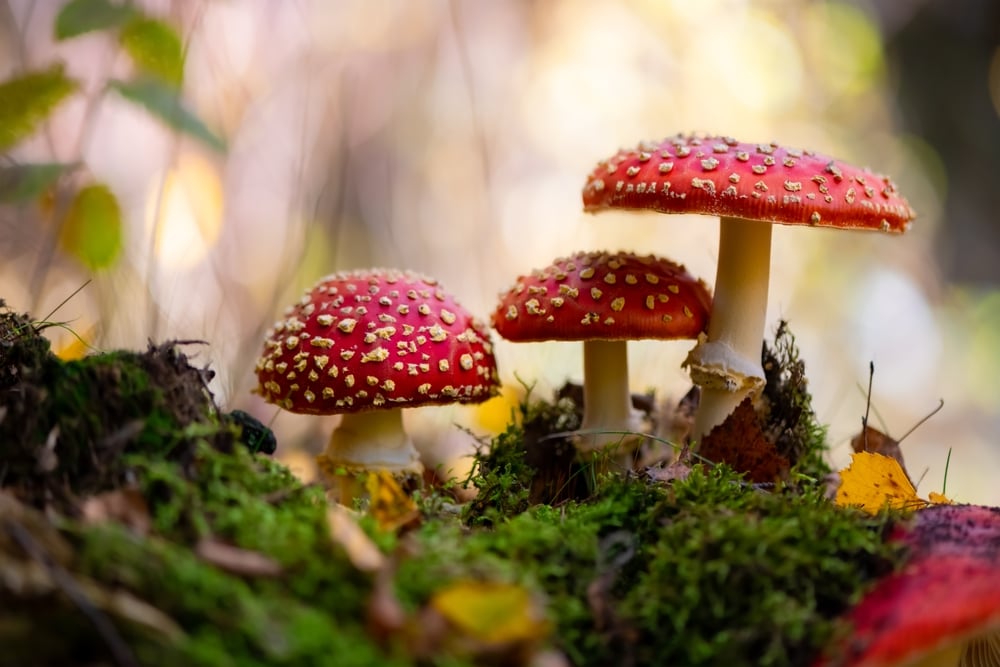

Specifications:
- The Fly Agaric Mushroom has a deep red and orange cap, white spores, narrow white stalks, and white to pale yellow gills.
- This type of mushroom grows from late summer to late fall throughout the world, including United States, Ireland, and Britain. This mushroom should not be consumed. If you do consume it, it should be raw and will cause hallucinations.
- You should kill these mushrooms unless you want them to be a natural pesticide or herbicide. This mushroom is wild in Washington and will grow on hardwood, including spruce, birch, and pine trees.
- This mushroom should not be consumed. If you decide to eat the mushroom, it should be consumed raw. When consumed, you should expect hallucinations, drowsiness, etc.
- The Fly Agaric Mushroom is the type of mushroom you will typically see and read about in fairy tales and will even see in fairy gardens across the world.
#4. Morels Mushrooms (Morchella esculenta)
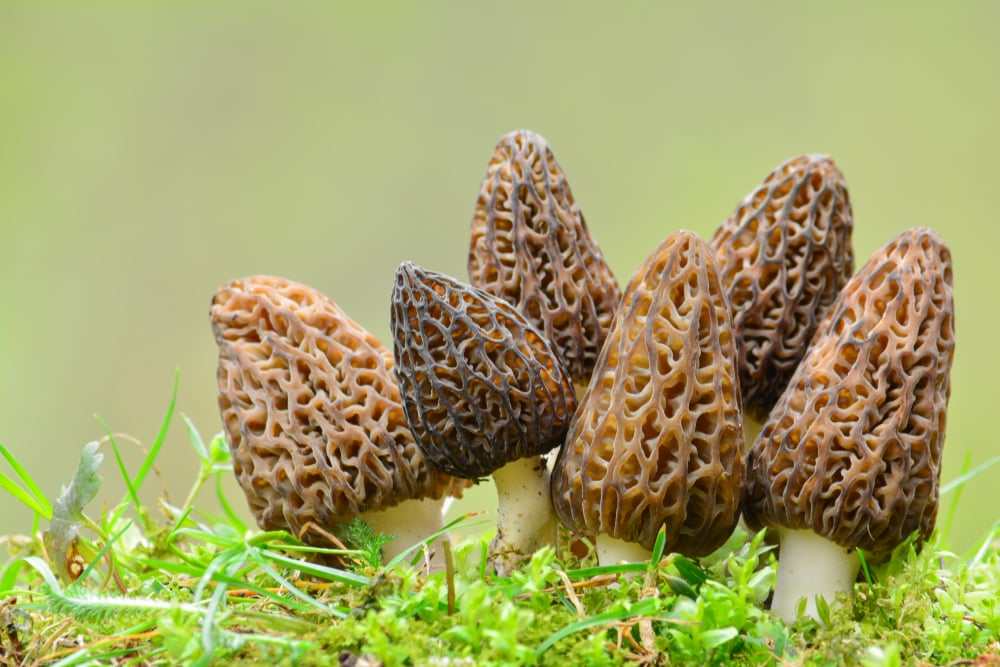

Specifications:
- The Morel Mushroom has a yellow and brown flesh orange cap, white spores, thick white or pale cream stalks, and brown gills.
- This type of mushroom grows from spring to early fall in the United States. While it can also be found in Ireland and Great Britain, it is much rarer. The Morel Mushroom is one of the most common types of wild mushrooms in Washington that can be found and eaten.
- You can leave the Morel Mushroom and even pick them up. This mushroom is considered symbiotic with its environment and can be found under trees and sometimes on trees. They are considered a beneficial partner with trees and insects won’t harm them either!
- This mushroom should be consumed! This is considered when of the most sought-after mushrooms in Washington but should be noted that in large quantities it may cause a stomach ache.
- Did you know that the Morel Mushroom is one of the few mushrooms you can grow in your very own home?
#5. Haymaker Mushroom (Panaeolus foenisecii)
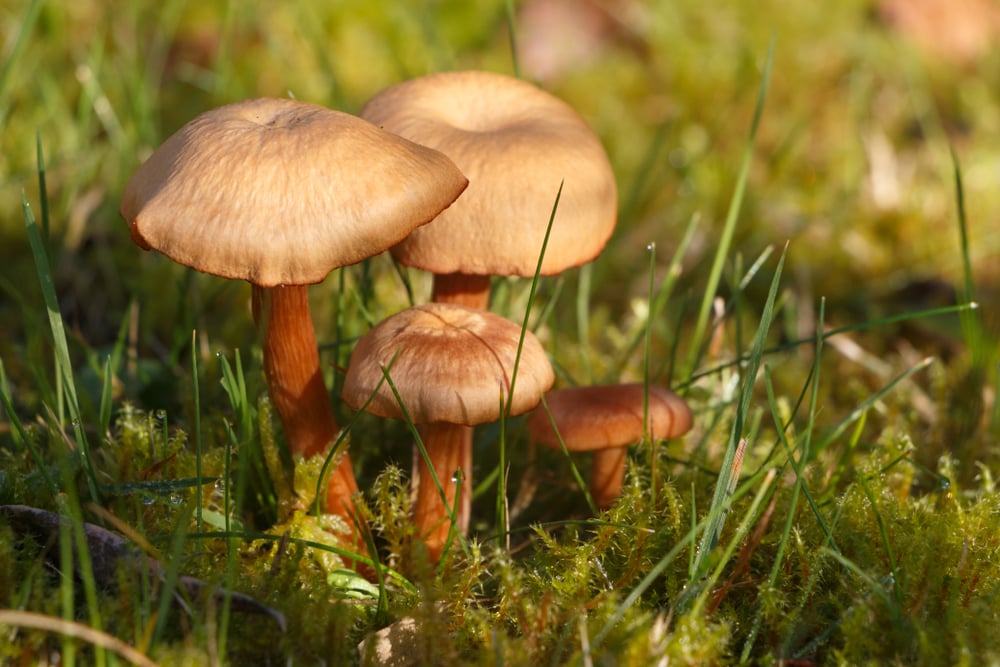

Specifications:
- The Haymaker Mushroom has a Brown cap, white spores, thin, small brown stalks, and brown gills.
- This type of mushroom grows from spring to early winter in Washington and the United States. It can also be found throughout the Northern Hemisphere of the world. Most humans and animals will not eat mushrooms.
- The Haymaker Mushroom is the most common type of wild mushroom in Washington. You can expect it whether you mow or fertilize your law. While it is not a parasite to your lawn or plants, it should be removed so that it isn’t foraged by children. You will find this mushroom in grassy areas!
- This mushroom should not be consumed! Children can become extremely ill if they eat it and adults can experience hallucinations and stomach aches.
- The Haymaker’s Mushroom is also known as the Mower’s Mushroom as this is a common type of wild mushroom in Washington seen when mowing or tending to one’s lawn.
#6. Jack O Lantern Mushroom (Omphalotus olearius)
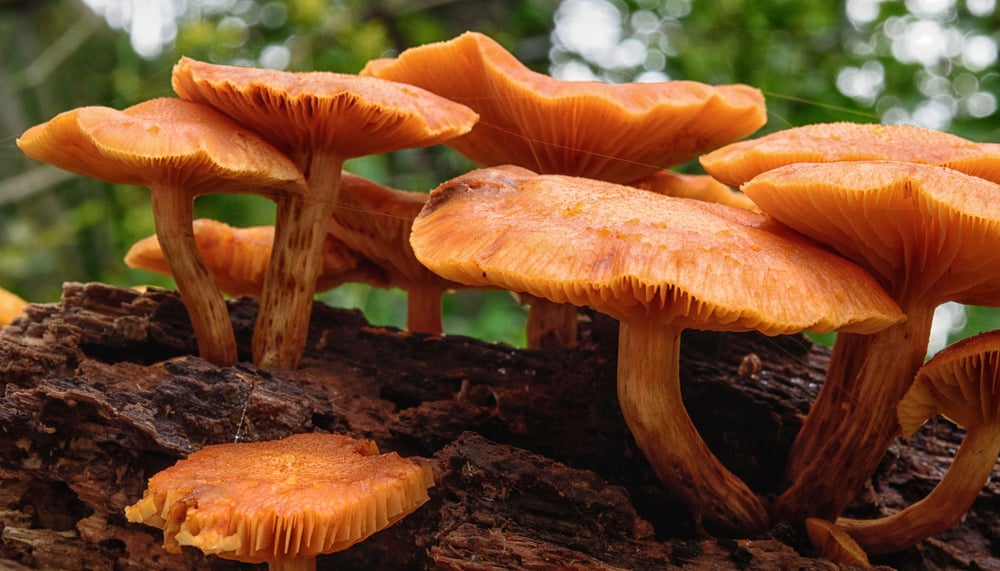

Specifications:
- The Jack O Lantern Mushroom has an Orange and Yellow cap, white spores, thick, orange and dark yellow stalks, and dark orange gills.
- This type of mushroom grows from early fall to winter in the United States, Ireland, Britain, and Southern Europe. No one or no animal will typically consume this type of mushroom.
- The Jack O Lantern Mushroom can be found in Washington, the United States, and throughout Southern Europe. You will find it under trees in shaded areas, but should not be foraged.
- This mushroom should not be consumed! It can cause stomach pain for several days and while not fatal it is incredibly toxic.
- There are other types of similar mushroom species to the Jack O Lantern Mushroom that will grow in Europe. Regardless of the specific type, they have similar characteristics and should be treated the same way.
#7. Destroying Angel Mushroom (Amanita virosa)
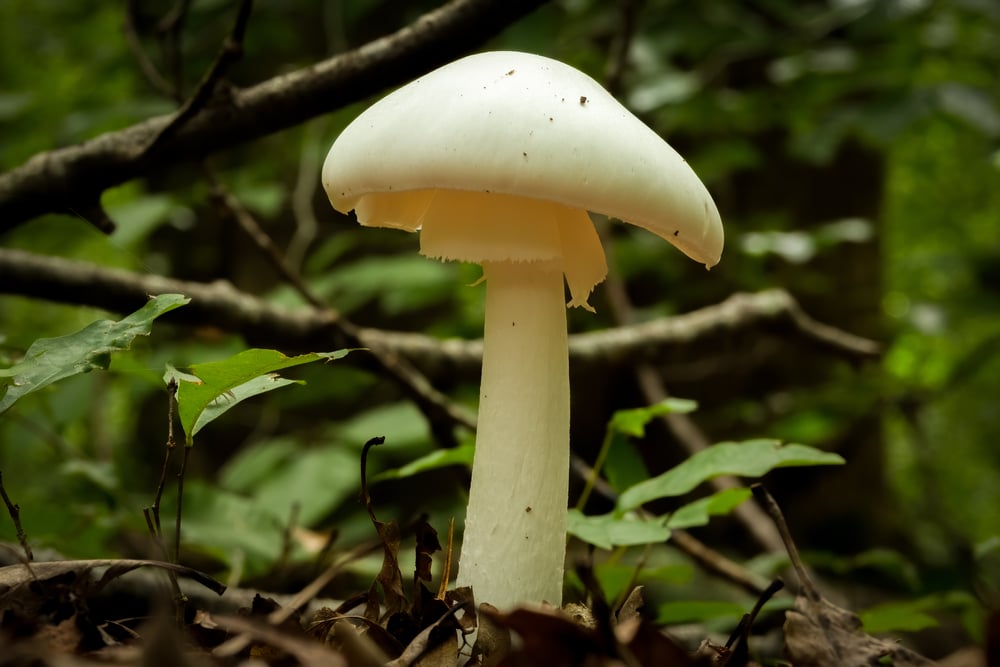

Specifications:
- The Destroying Angel Mushroom has a white cap, white spores, tall and thick white stems, , and white gills.
- This type of mushroom grows from summer to fall in the United States, Ireland, and Britain. No one or no animal will typically consume this type of mushroom as it is the deadliest wild mushroom on the planet.
- The Destroying Angel Mushroom can be found in yards in Washington and the United States. You will find it in grassy areas on the edge of wooded areas.
- This mushroom should not be consumed! It is the deadliest mushroom on the planet and can cause organ failure and even death within hours.
- The Destroying Angel Mushroom is one of the most misidentified mushrooms by novice mushroom foragers. You should take extra precautions when foraging mushrooms.
#8. Deadly Galerina Mushroom (Galerina marginata)
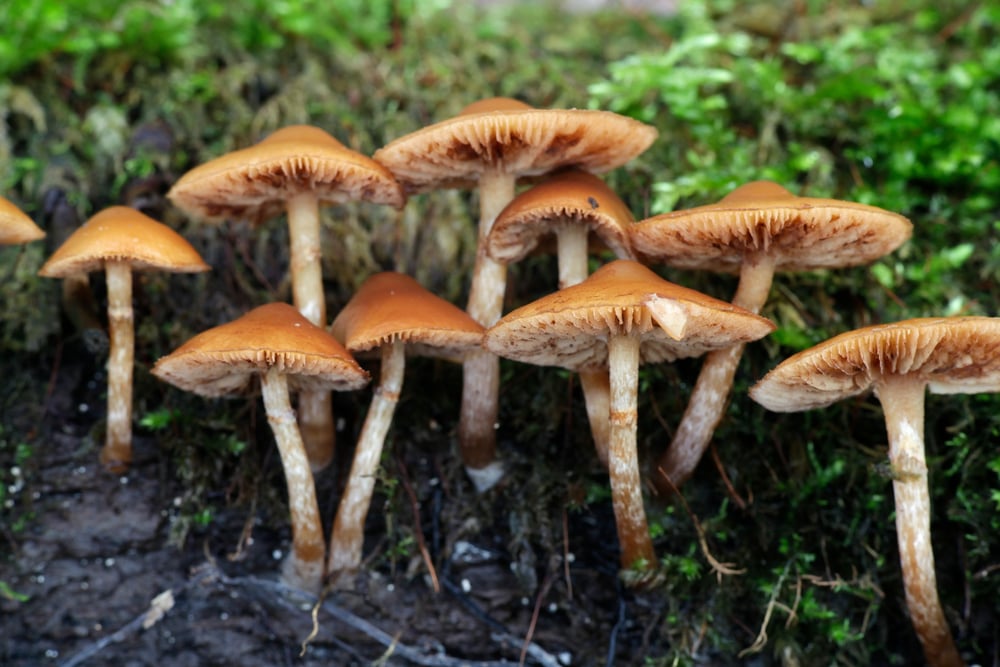

Specifications:
- The Funeral Bell Mushroom has a honey yellow and brown cap, brown spores, tall and thick brown stems, cream gills.
- This type of mushroom grows from summer to fall in the United States, Ireland, and Britain. No one or no animal will typically consume this type of mushroom as it is considered a deadly mushroom.
- The Funeral Bell Mushroom can be found in Washington and the United States. You will find them in Stumps, Dead Trees, Broken Branches, and sometimes even dead leaves in the fall.
- This mushroom should not be consumed! It contains the same deadly toxins as the Destroying Angel mushroom and can result in organ failure and death within a day.
- It should be noted that even though the Funeral Bell Mushroom typically grows in the summer and fall in Washington, it some parts of the United States it can grow any time of the year!
#9. False Parasol (Chlorophyllum rhacodes)
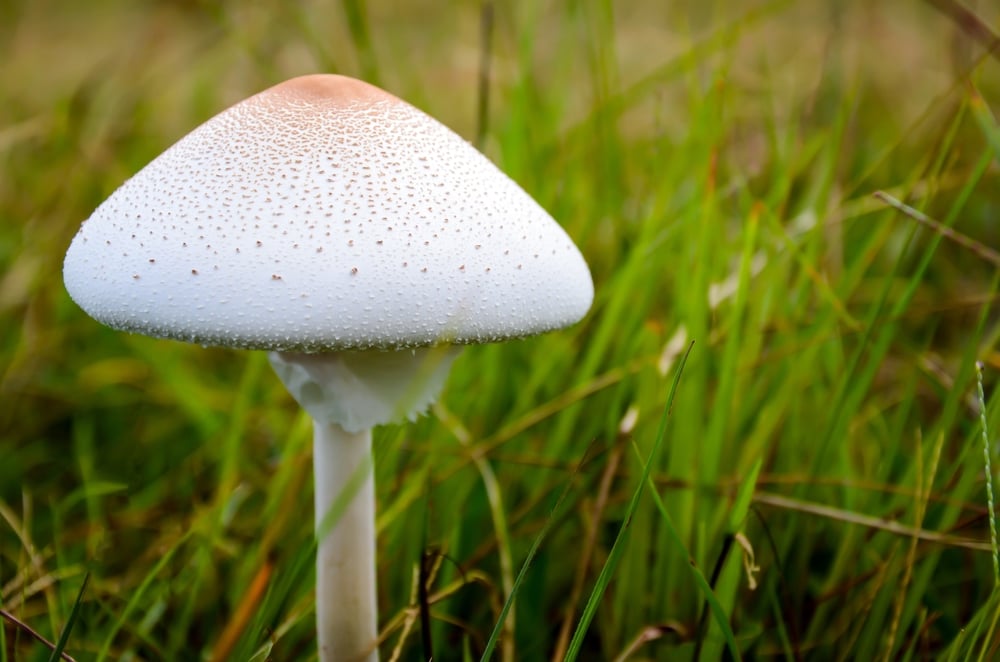

Specifications:
- The False Parasol Mushroom has a white and cream cap, white spores, tall and thick white and cream stems, and cream gills.
- This type of mushroom grows from summer to fall in the United States, Ireland, and Britain. No one or no animal will typically consume this type of mushroom as it is considered a deadly mushroom.
- The False Parasol Mushroom can be found in yards in Washington and the United States. You will find them in Woodland Areas and also in Humous-Rich Soil in Gardens.
- This mushroom should not be consumed! Although some may consider this an edible mushroom, experts have agreed this can make people incredibly ill.
- The False Parasol Mushroom is another mythical mushroom that can be found in European folklore and is known for its connection with fairies and fairy rings.
#10. Deadly Webcap (Cortinarius rubellus)
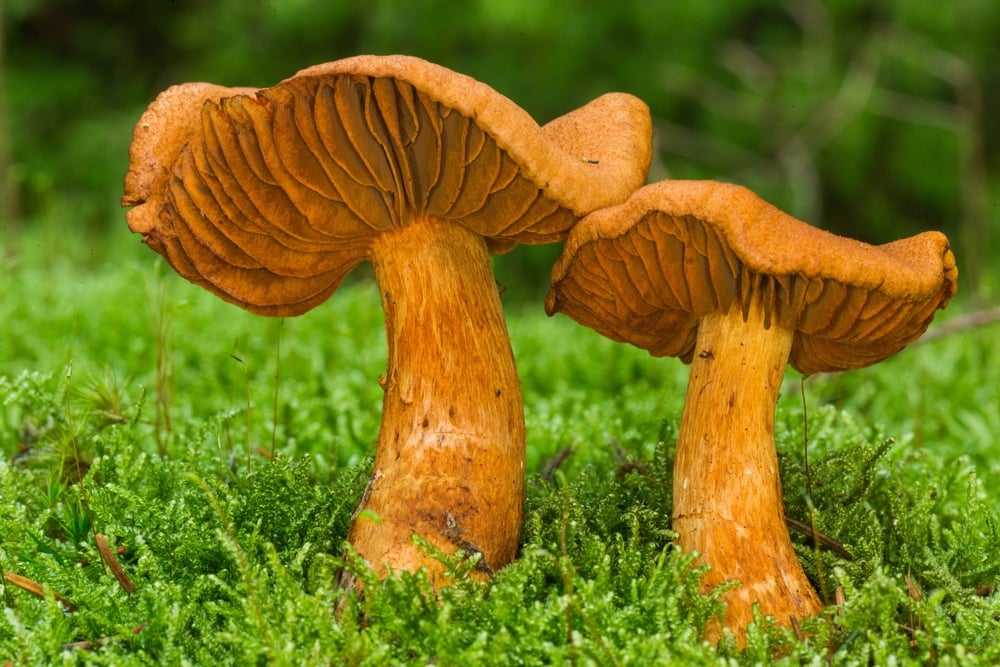

Specifications:
- The Deadly Webcap Mushroom has a tawny brown cap, brown spores, tall and thick yellow stems, and tawny brown gills.
- This type of mushroom grows from summer to winter in the United States, Ireland, and Britain. No one or no animal will typically consume this type of mushroom as it is considered a deadly mushroom.
- The Deadly Webcap Mushroom can be found in yards in Washington and the United States. You will find them under pine and spruce trees and in damp soil.
- This mushroom should not be consumed! Even the smallest bite of this mushroom will cause kidney and liver failure and can even cause death.
- If ingested you will notice flu-like symptoms in the first three days. This should not be confused with the actual flu and you should immediately seek medical attention.
Common Factors of Wild Types of Mushrooms in Washington

As a reminder, the below factors are common for the wild types of mushrooms in Washington
- Most are parasitic to humans and should not be consumed.
- These mushrooms can be found throughout your yard, but most commonly on trees and in wet areas of your yard.
- Each mushroom on this list has a common fungus relative that it can be mistaken for. Leverage this guide to have the best chance of identifying common yard mushrooms in Washington.
- Most mushrooms on this list will only grow a maximum height of 6 inches tall and 3 or 4 inches wide.
- A majority of the mushrooms on this list will have no smell to them.
And remember that you should pay attention to this guide, other local experts, and your local mushroom clubs before foraging. This can be the difference between a nutritious and delicious mushroom and a harmful and even deadly fungus.
If you want to learn about other mushrooms, chickens, vegetables, fruits, herbs, and bees check out thegardeningdad and search for the plant you want to grow in the upper right-hand corner.